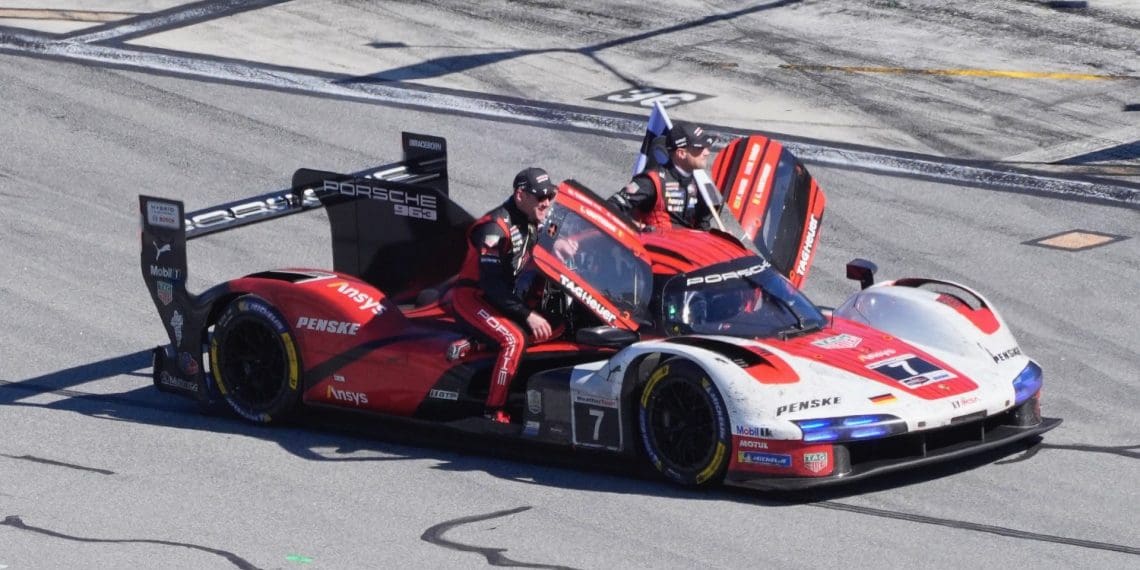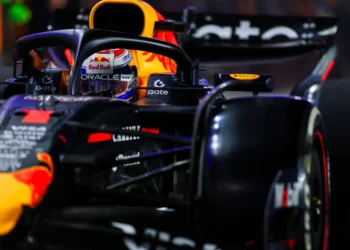The FIA World Endurance Championship (WEC) has rolled out a significant regulation change aimed at leveling the playing field for all competing drivers. The advent of the driver compensation ballast rules, set to debut in the 2025 season opener in Qatar, signals a paradigm shift in the Hypercar and LMGT3 classes.
Behind this move is an intention to nullify the disadvantage borne by driver crews that include heavier or taller members. In the run-up to these rule changes, all drivers in both classes were required to participate in a weigh-in during the Prologue test in Qatar last week.
Under the new regulations, the reference crew weight has been established at 82 kg. This stipulation implies that any crew whose combined average weight falls below the set figure will have ballast added to their vehicle.
To provide clarity on how this will be implemented, the championship organizers released a bulletin delineating the calculation method. The weight of each driver, including their complete safety gear, will be summed up and then divided by the number of crew members to arrive at the average.
For instance, if the individual weights of three drivers are 77.8 kg, 80.2 kg, and 82.9 kg, the average weight would be (77.8 + 80.2 + 82.9)/3 or 80.3 kg. As this is less than the reference weight of 82 kg, a ballast of 2 kg will be applied to the car. The ballast is always rounded up to the nearest whole number, hence the 1.7 kg difference is rounded up to 2 kg.
There will also be a separate calculation for the “compensated minimum car weight” during the Hypercar class qualifying rounds. The placement of the ballast is also regulated. In the Hypercar class, it needs to be positioned in one of the homologated Balance of Performance (BOP) ballast positions within the car’s wheelbase, while maintaining the homologated weight distribution. For the LMGT3 class, the ballast must be placed inside the ballast box in each car’s cockpit.
The technical delegates retain the right to conduct random spot checks on driver weights up to an hour before qualifying. Should a driver’s weight fall below the declared minimum, they will be reported to the stewards.
In such a case, the minimum penalty would be an increase in the driver compensation ballast and, if necessary, the Qualifying/Hyperpole driver compensation ballast. The difference between the measured and declared driver weight, rounded up to the nearest integer, is used to calculate this increase.
Ultimately, it is the team’s responsibility to accurately calculate the appropriate compensated minimum car weight and apply the correct amount of ballast. The full details of this breakthrough ruling can be found in the official bulletin released by the championship organizers.










